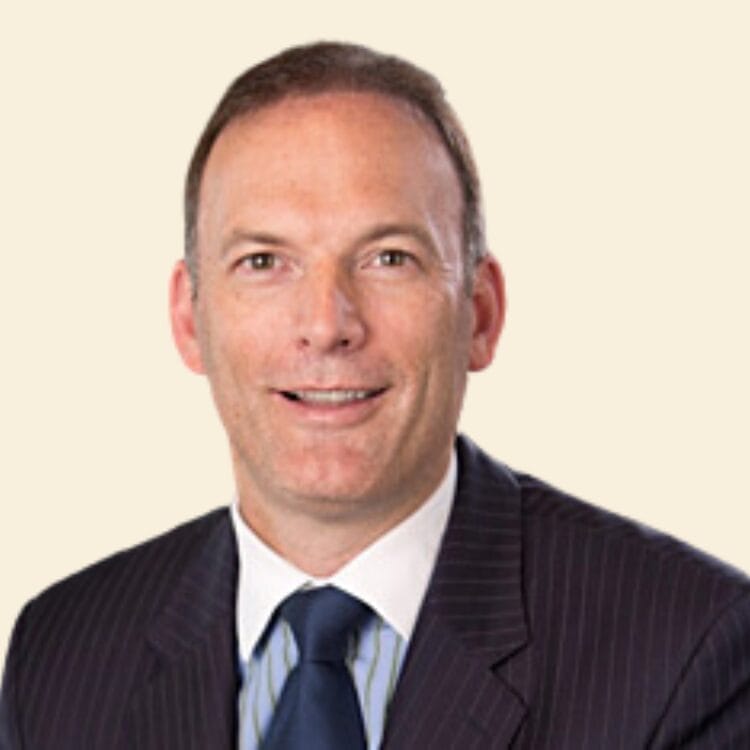In a region as diverse as Asia investors can lean in and take advantage of inefficiencies and inconsistencies around growth, central bank policy and diverse regulatory regimes.
Asset owners in the region are increasingly finding active management, across all asset classes, optimises returns and reduces risk.
APAC fixed income offers rich pickings for active investors prepared to venture away from an off-the-shelf passive exposure and open the door to the region’s diverse opportunities across credit quality, duration and interest rate sensitivity.
An example could be an Australian core bond fund which combines government and corporate issuers in a barbell position with AAA, long-maturity Australian government bonds sit on one end for ballast, and high-quality investment grade bonds focused on income and yield, on the other.

This allocation could mitigate volatility from riskier parts of a portfolio like equity, but at the same time capture yield and income in the investment grade space, explains Anthony Kirkham, portfolio manager at Western Asset Management, a division of Franklin Templeton, speaking to Top1000funds.com from the Melbourne office.
“Such a portfolio might have an overweight in credit in shorter maturities where credit spreads are attractive and can provide good income. At the same time, it might hold a greater weight of the longer maturities, particularly in the 10- and 20-year parts of the curve in AAA government securities that would behave the way you want them to during periods of risk off,” he says.
Japan’s $1.6 trillion Government Pension Investment Fund (GPIF), whose active equities added huge value in the past year, also recently switched the mandate of a Y9 trillion ($62 billion) domestic bond fund from passive to active management: GPIF currently allocates 51 per cent of domestic bonds to active strategies.
Active management also helps investors navigate APAC’s patchwork of fiscal policies. Active managers can capture any move in yield curves based on specific central bank policy, for example. The difference between most of the region’s central banks and the Bank of Japan, currently on a tightening cycle, is a case in point.
“When you understand the different characteristics, you can add more value in these markets through outright duration positioning, or by actively managing your yield curve positioning,” Kirkham continues.
He adds that active management also allows investors to navigate currency volatility and can be a useful alpha generator.
“Currency volatility is a risk that needs to be managed or mitigated. We find some clients want to avoid it and others are prepared to take a little risk,” he says.
Active management also allows investors to navigate regulatory risk. For example, when China’s regulatory crackdown on the construction sector spooked investors and hit the property bond market, it led to a sharp decline in the value of developers’ US dollar-denominated bonds sharply lower.
“You can’t avoid thinking about regulatory risk,” says Kirkham, who flags risks such as the regulatory limits placed on different funds and the fact regulation adds to the costs of doing business and can also impact liquidity if it becomes difficult to trade.
For active investors, regulatory knowledge is just another opportunity to lean into, says Connie Chan, managing director of investments at Temasek, speaking during the latest annual review. Singapore’s S$389 billion state-owned investment firm has around 48 per cent of the portfolio in liquid and/or listed assets.

“We see continued structural reforms in a number of (APAC) markets. This has helped to reduce supply-side constraints, create more open and competitive markets, as well as improve productivity,” she says.
Active management also allows investors to be thoughtful around correlations. For example, the Hong Kong Monetary Authority pegs the Hong Kong dollar to the US dollar and closely follows Federal Reserve strategy. Many other regional central banks also keep a close eye on their currency relative to the US dollar.
“This is important to understand when sizing positions,” says Kirkham. “Many countries are cognisant of Fed strategy when adjusting their own monetary policy which can have an impact in terms of currency and economic growth in that country.”
Active management brings the depth of analysis needed for navigating such a diverse region. At Western Asset Management, the team draws on expertise from local and global analysts, with the latter able to provide insights on global issuers using local markets to fund themselves. For example, in Australia around half the credit market consists of foreign issuers with local operations seeking to diversify their funding sources.
Meanwhile, local analysis provides granular expertise and insight on less efficient pricing mechanisms that reflect asymmetric information in the market.
Investors targeting sectors and countries
At Japan’s $1.6 trillion Government Pension Investment Fund (GPIF) active equity is gaining traction after the fund attributes its latest, record gains to active investment in Japanese (and foreign) equities. GPIF’s domestic equity allocation returned a massive 41.4 per cent for the financial year ending March 2024.

GPIF only allocates about 4 per cent of its domestic equity portfolio (around 25 per cent of AUM) to active funds, down from levels closer to 13 per cent 10 years ago. But under a new strategy introduced by chief investment officer Eiji Ueda, at the helm since April 2020, GPIF has increased the number of active domestic equity mandates to 23 across Japanese and international managers. In a hallmark strategy he is reconstructing active equity by choosing managers based on the consistency and stability of their excess return in addition to qualitative selection.
“We expect our active portfolio to generate excess stable returns in the future,” he states in GPIF’s latest annual report.
In another example, the New Zealand Superannuation Fund runs a dynamic asset allocation program called strategic tilting that takes exposures to markets across multiple asset classes. As part of this, the $77.1 billion investor strategically tilts exposures to a group of emerging markets that includes countries across the Asia Pacific.
“In our strategic tilting program, we are overweight equities and currencies in emerging markets. Most of this emerging market exposure is to Asia,” says Alex Bacchus, acting chief investment officer at the fund until December 1.

Elsewhere, deliberate stock picking strategies allow investors to single out opportunities in specific market segments, such as China’s manufacturing and consumer goods sectors; Japan and Korea’s auto and advanced technology sectors; India’s pharmaceutical industry and Australia’s natural resources. This approach is particularly effective in the current climate given the different growth drivers fuelling Asia’s economies and the slowdown of growth in China.
It’s an approach honed by Temasek where APAC exposure includes a 27 per cent allocation to Singapore including stakes in many companies listed on the SGX; a 19 per cent allocation to China and 7 per cent allocation to India where Chan says the firm plans to invest more.
“We will increase our focus on India, as it has a large and growing domestic market, in addition to being a beneficiary of supply chain diversification. In the rest of Asia, we are looking to increase our exposure to Southeast Asia and Japan. As an active shareholder, we engage with our portfolio companies on their growth strategies and plans to create shareholder value,” she says.
Published in partnership with Franklin Templeton Investments




 Heurberger also acknowledged the Nordic funds, which continue to improve transparency scores on the back of great responsible investing reporting.
Heurberger also acknowledged the Nordic funds, which continue to improve transparency scores on the back of great responsible investing reporting.
 The average country cost factor score was 49, down slightly from last year’s review score of 51. Individual fund scores ranged from a low of four to a perfect 100.
The average country cost factor score was 49, down slightly from last year’s review score of 51. Individual fund scores ranged from a low of four to a perfect 100. Last year’s review noted that governance scores were most closely correlated with the overall score and posited that as good governance produces positive results, it creates greater incentive (or perhaps less disincentive) to be transparent with stakeholders. There is evidence of a relationship between responsible investing and governance scores: good governance allows funds to move beyond simply managing assets and towards addressing wider environmental and social issues.
Last year’s review noted that governance scores were most closely correlated with the overall score and posited that as good governance produces positive results, it creates greater incentive (or perhaps less disincentive) to be transparent with stakeholders. There is evidence of a relationship between responsible investing and governance scores: good governance allows funds to move beyond simply managing assets and towards addressing wider environmental and social issues. Current-year disclosures were generally comprehensive at the total fund or investment option level. In contrast, reporting on longer time periods and asset class results were more often minimal or missing, although more funds were observed disclosing intermediate (that is, three to seven year) performance figures.
Current-year disclosures were generally comprehensive at the total fund or investment option level. In contrast, reporting on longer time periods and asset class results were more often minimal or missing, although more funds were observed disclosing intermediate (that is, three to seven year) performance figures. RI continued to exhibit the widest dispersion of scores, reflecting that countries are at different stages of implementing RI within their investing framework. Average country scores ranged from 0 to 100.
RI continued to exhibit the widest dispersion of scores, reflecting that countries are at different stages of implementing RI within their investing framework. Average country scores ranged from 0 to 100.